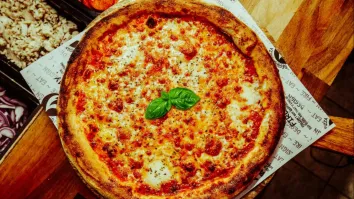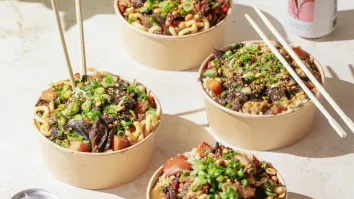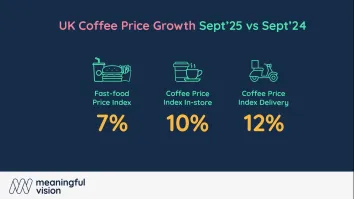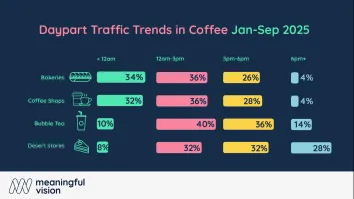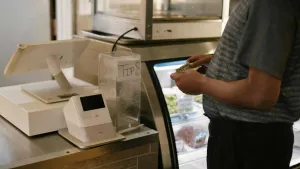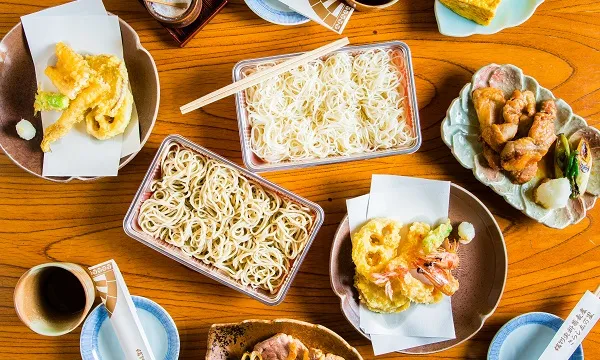
Virtual restaurants growing ‘very, very fast' in Asia-Pacific: Uber Eats
APAC & EMEA head Raj Beri also revealed they are seeing a “convergence” of all types of food on the platform.
The virtual restaurant trend in Asia-Pacific is expected to boom, with traditional and small to mid-sized brands looking to maximise their physical spaces and resources by densifying their offerings, according to Uber Eats’ top official in the region.
“Our virtual restaurants span just pretty much all the different types of cuisines, but they tend to be brands that are really interested in exploring new ways that they can not only offer these type of cuisines to restaurants, but they want help with how do they brand and market that,” APAC & EMEA head Raj Beri explained in a roundtable with industry reporters and writers.
Beri says it has some 1,000 virtual restaurants on their platform specifically, citing some sushi or ramen-focussed restaurants as examples that are “trying to spin up something different” through the platform.
“Sometimes, those restaurants know exactly what they want to offer. But a lot of the time, they are asking us [about] the popular searches and where they could help fill that demand,” he said.
Uber Eats says there are currently more than 1,000 virtual restaurants in Japan, which are run out of 70 physical locations.
The platform made its Japan debut in September 2016, starting with 150 restaurants. As of September 2019, they are now available in more than ten cities with more than 14,000 partners.
Of the 60-plus cuisine types available in their app, Japanese, American and burgers make up the top three.
Beri elaborates on the trends they are seeing in a separate one-on-one interview with QSR Media.
QSR Media: What are some of the trends here in Japan vis-à-vis other markets? What are its similarities with North and Southeast Asia and how are they different?
Beri: After Japanese food, burgers or American food is the second most popular type of food here. But if you look at other markets, it's not necessarily in that case.
In Taiwan, there are actually [occasions] outside of breakfast, lunch and dinner. There are peak times, which is like around that three or four o'clock time and around the 10pm time - so there's actually seven eating occasions.
In certain countries, rice is more ordered than the noodles and then you see some markets [where] noodles are more [ordered] than rice. When you go to a different market it's interesting to see them.
QSR Media: One growing trend we are looking at is flexitarianism where people do not necessarily identify as vegan or vegetarian but are looking to reduce meat. Any notable brands you're seeing in the Uber Eats world that are looking to explore that space?
What I would say is we are seeing combinations of a lot more vegetarian restaurants coming on. We are seeing a lot more restaurants starting to introduce their version of the Impossible Burger or the Beyond Meat burger.
Traditional restaurants that would serve burgers or meat are complementing that with a meatless version and that is really customer-driven and demand-driven have noticed that it is driving a lot more [traffic] as well.
There are about 50% more vegetarian restaurant options on the platform compared to a year ago in Asia. We're seeing big spikes in types of cuisine depending on the market. Japanese is actually taking off very strongly in Australia for delivery compared to where it was a year ago - almost double. And we are seeing pockets of that in different regions as well.
QSR Media: Any other notable cuisines or categories making some noise?
Outside of [the three biggest categories], pizza is big but...I would say it is more around the beverages; bubble tea [coming from Taiwan and Hong Kong] is becoming very, very big and it is now one of the more searched terms as well. We are seeing a lot more of those bubble tea chains coming on board as well.
We are also seeing a lot of the searches on some of the more exotic terms like squid ink.
QSR Media: How about segments that have already matured that are getting a second wind, so to speak, because of delivery?
Delivery is starting to represent more of what actually the food of a city is. A few years ago, it would be a narrower set that would be on delivery platforms that would represent the primary food in that city but not the eclectic diversity.
Take Tokyo, for example. A couple years ago, you might just see more traditional Japanese food and McDonald's. Right now, you're seeing just a variety of food, popular Middle Eastern food, Greek food - all the different types of food that make up what Tokyo is. You kind of see it being more and more mimicked on delivery platforms.
I think the other trends are moving away from just restaurant delivery. In most of our markets, we are seeing convenience stores become big, we are seeing alcohol become big, we are seeing grocery become big. Those are the next big trends that you will see online - people ordering beyond just meals from restaurants.
QSR Media: Is it safe to assume that Uber Eats is looking to partner with more alcohol companies and others?
Yeah. In Australia, we work with BWS in Victoria but we're starting to do that in other markets; we've partnered with Coles. We’re partners in Japan with Lawson. In Taiwan, we’re partners with FamilyMart, so you are just starting to see a convergence of all types of food on the Uber Eats platform.
(This interview has been lightly edited for length and clarity.)


